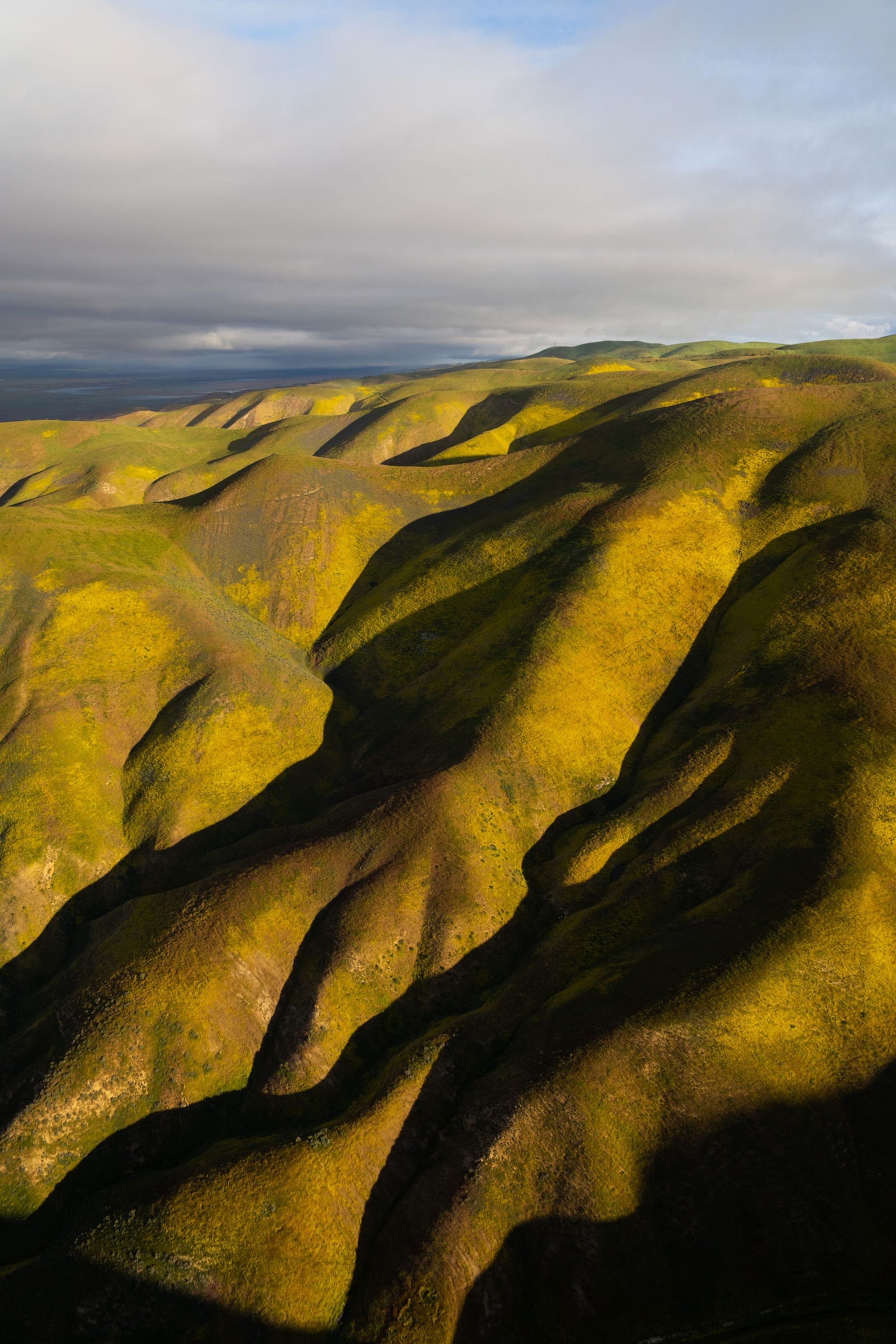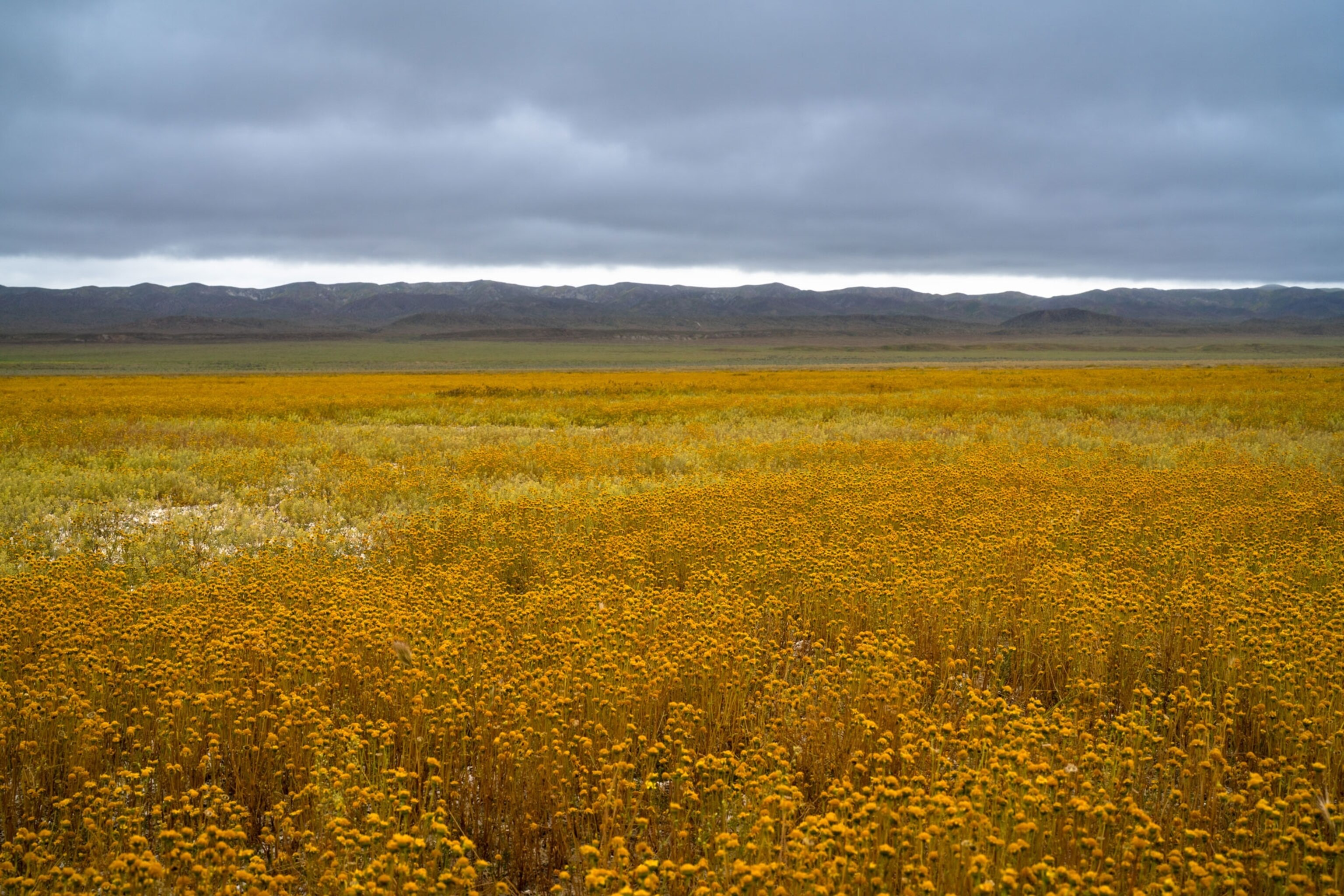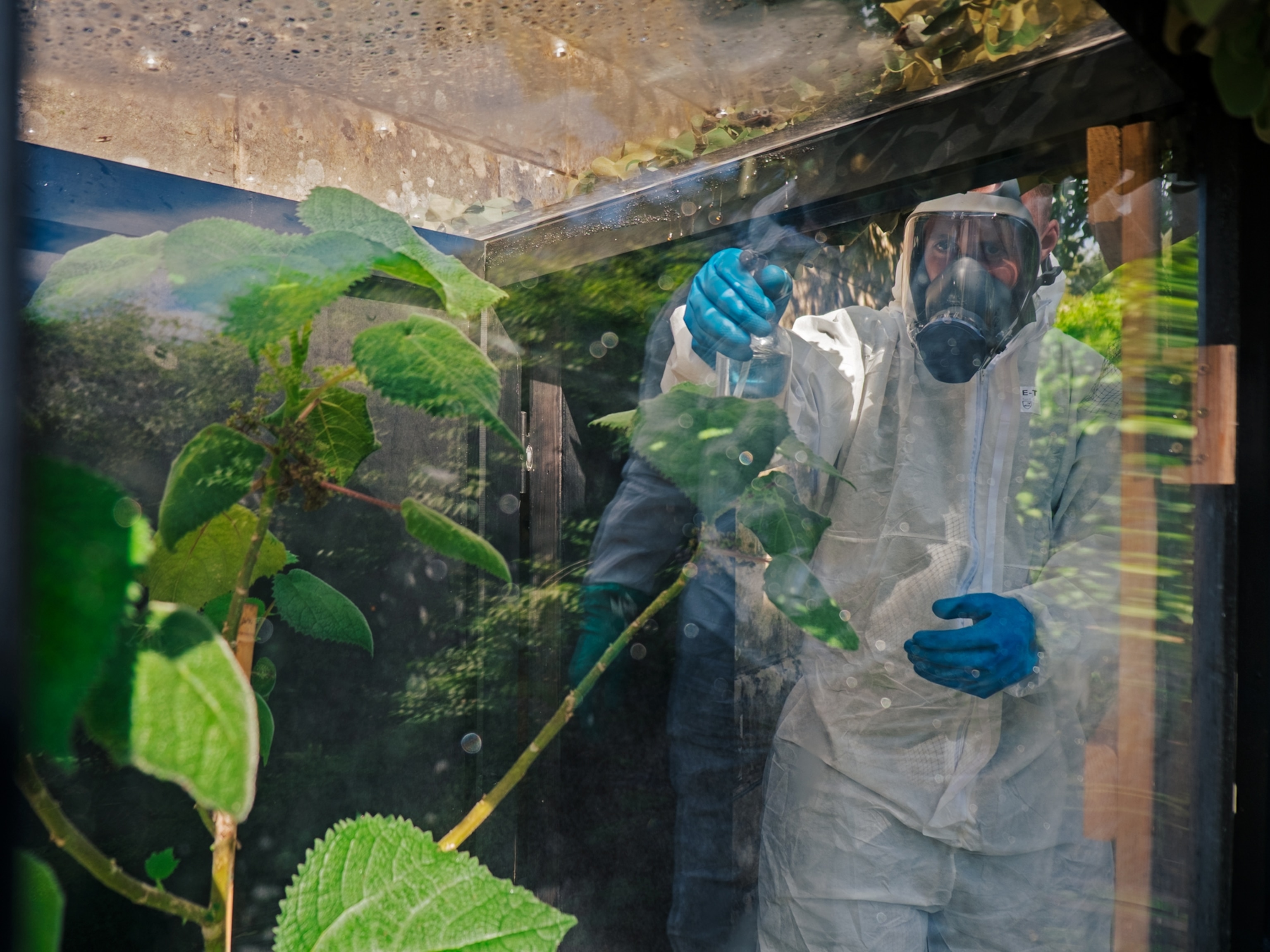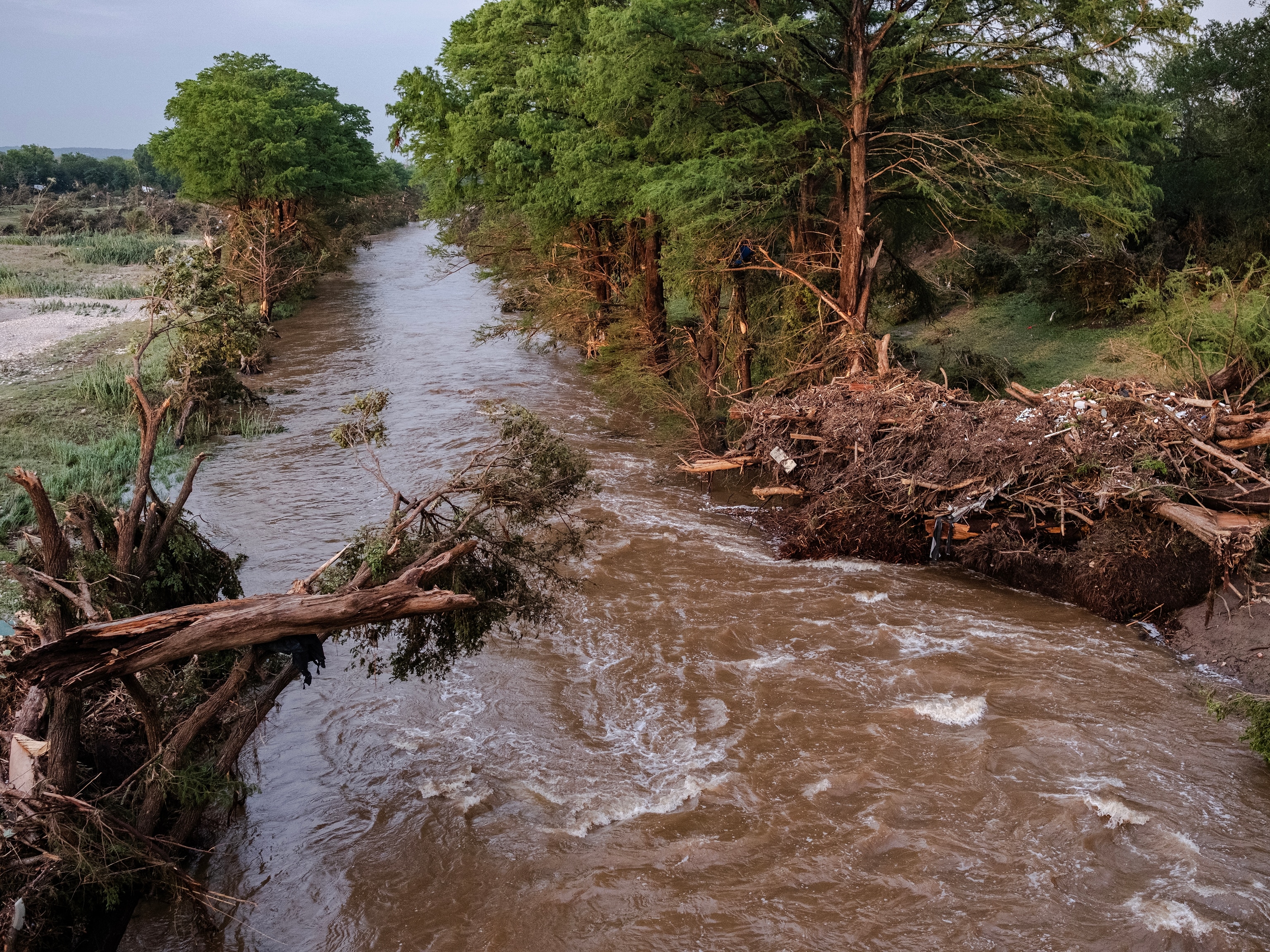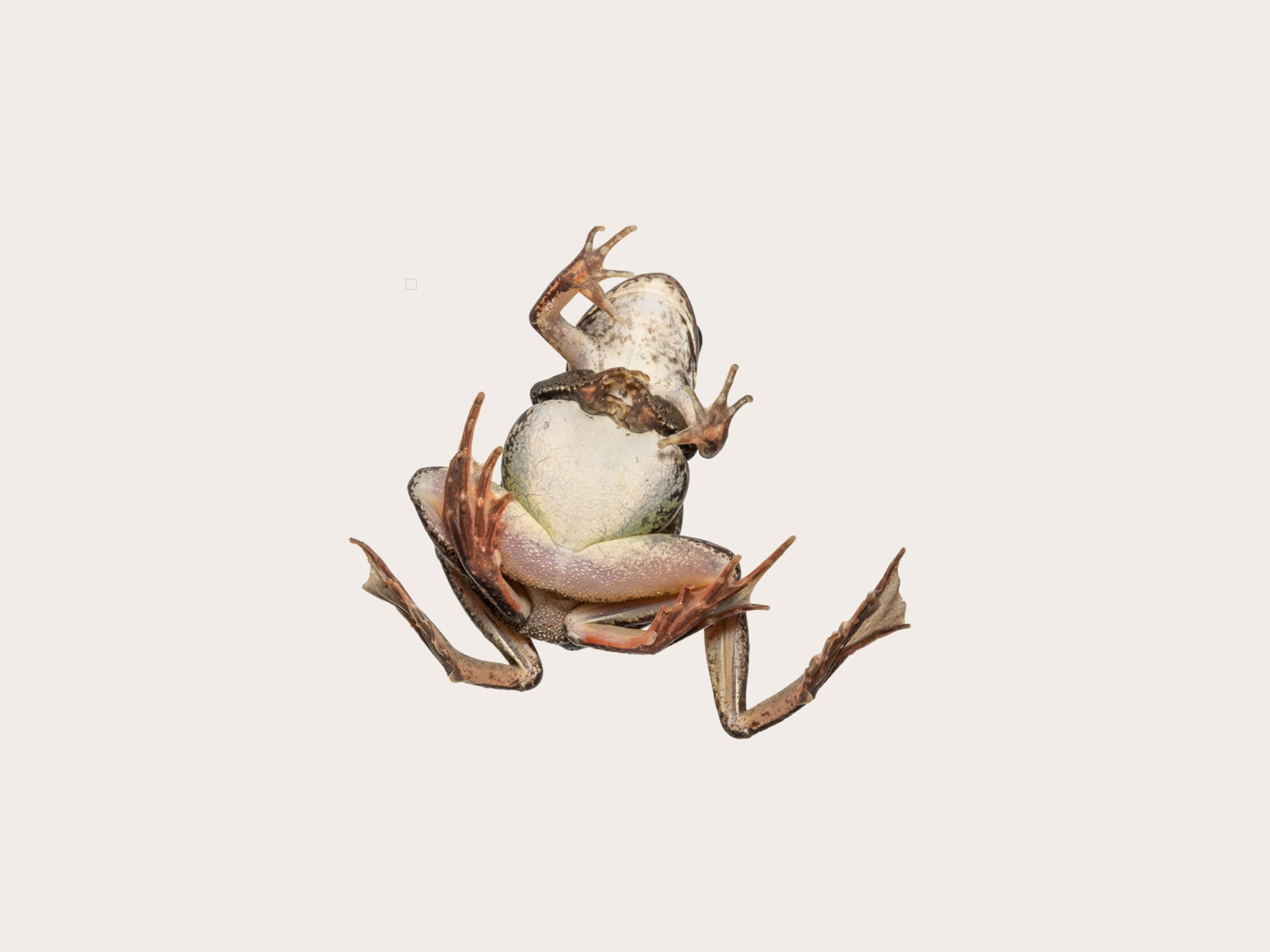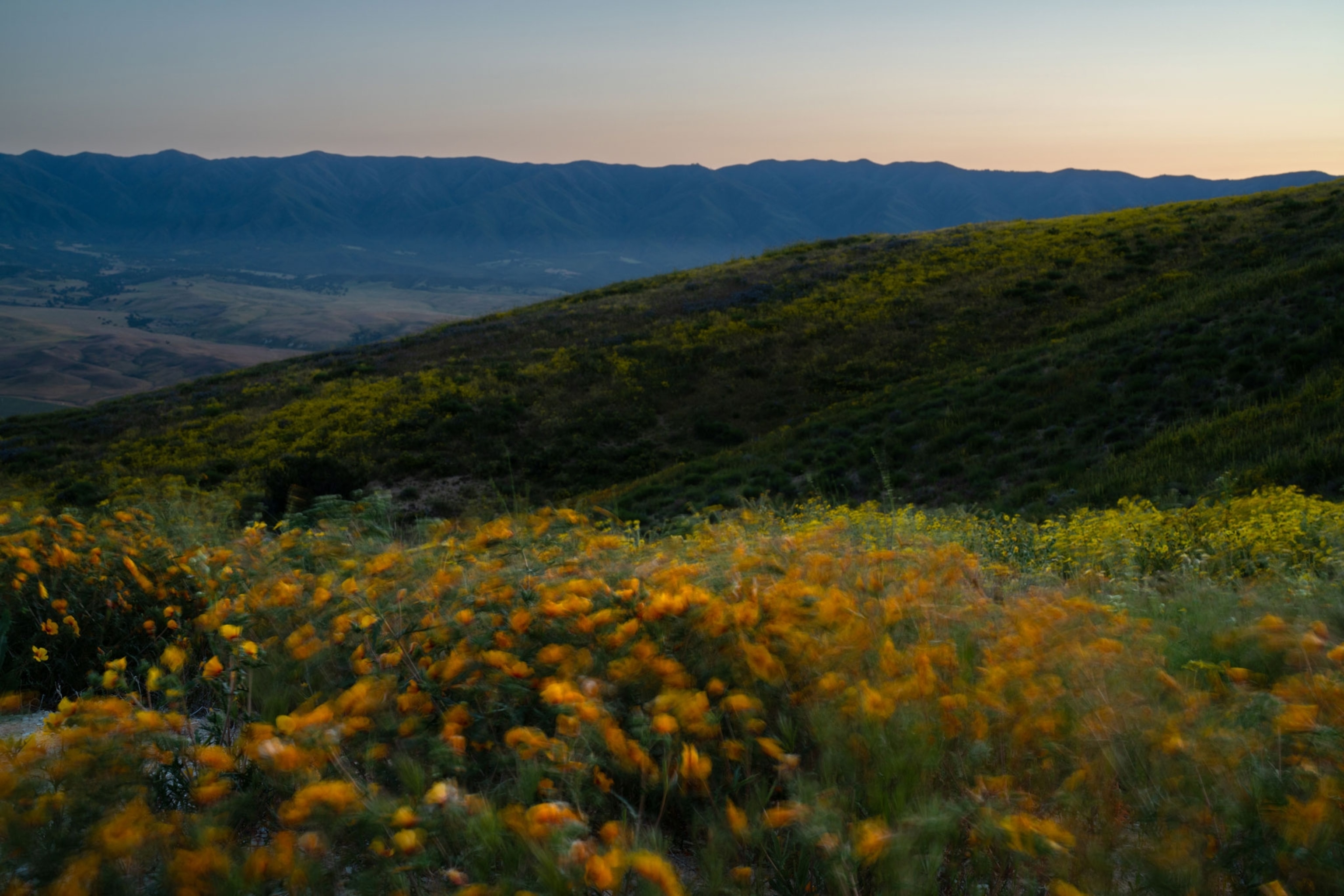
California’s 2023 superbloom was epic. Experts said tread carefully.
The state’s arid regions were bursting with colorful wildflowers due to rains. Here's what experts recommended.
Over the past winter, California was hammered by an abundance—in some cases, overabundance—of rain, which fell relatively consistently from late autumn onward.
That created the perfect conditions for a massive wildflower bloom. And now, that miraculous event is on magnificent display across the state, with warnings to crowds of tourists not to stomp out the thickets or the creatures among them.
“It’s the Super Bowl of the natural world,” says Bryant Baker, a conservation expert with the nonprofit Los Padres ForestWatch.

Each “superbloom” event is a little different, says Denise Knapp, conservation program manager at the Santa Barbara Botanic Garden.
“That’s the beauty of biodiversity,” she says. Slightly different conditions can yield massively different ecological responses, and we still don’t know why.
“This year was the densest I’ve ever seen” at the Carrizo Plain National Monument, she says—expanses of goldfields as thick as a carpet and stretches of electric blue flowers in the genus Phacelia that looked like lakes on the valley floor. (Read why 2023 was the year of the superbloom.)
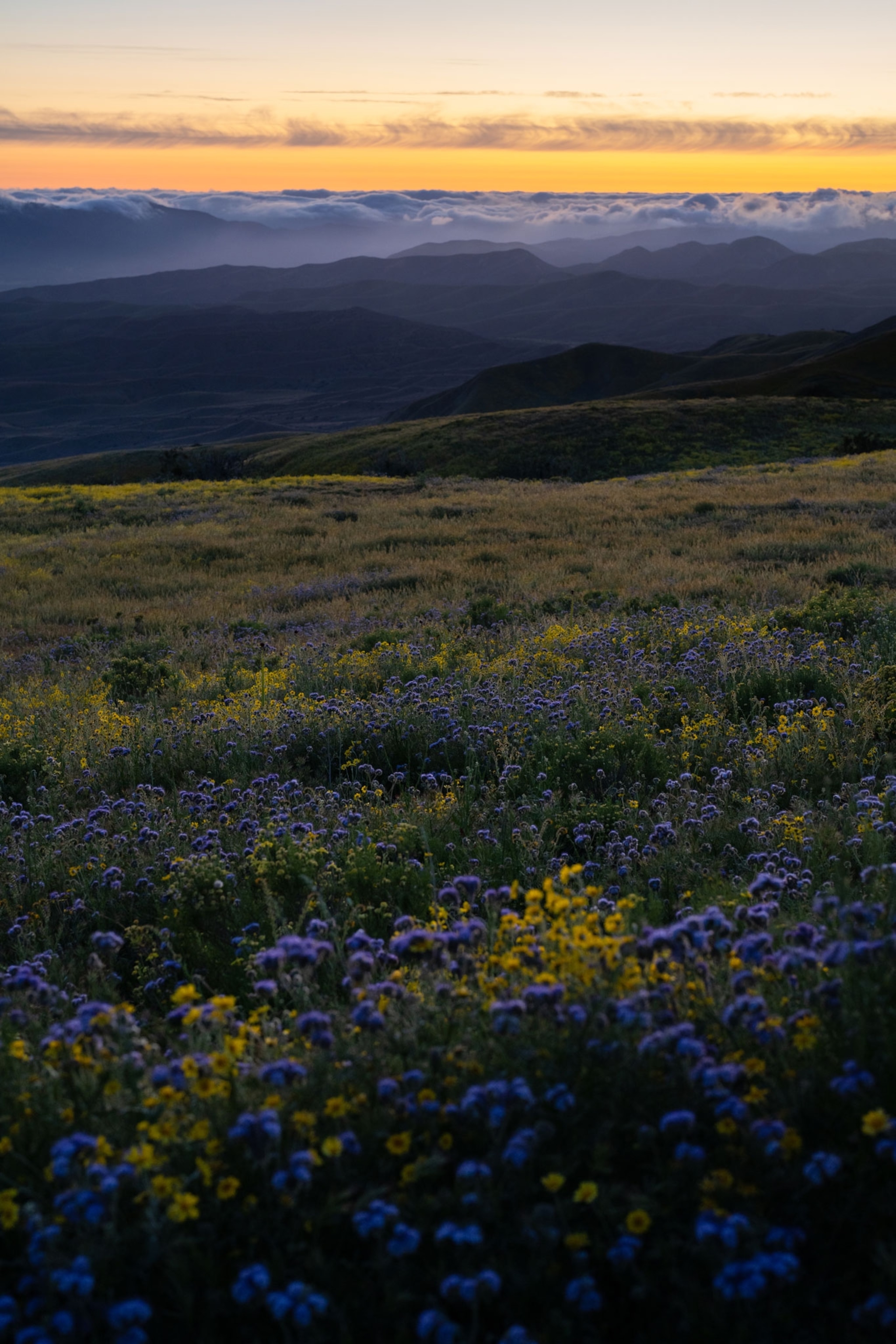

And a year of such bounty offers the opportunity to find the rarest of plants. Knapp’s team has been on the hunt for the endangered California jewelflower for several years, but for the past few seasons it was too dry to find patches of the plant, if any at all. But this year, they’ve emerged in force.
The remarkable bloom has drawn visitors galore. But those visitors can “love the plants to death,” says Baker. People want to get close to the flowers so they tromp through the bloom thickets, creating trails that fragment the habitat, can introduce invasive plants, and crush delicate plants.
One person creates a faint trail; others follow; and by a few weeks into the bloom, the flower fields are shot through with a network of paths. “How do we minimize the damage while still allowing people to have this incredible and beautiful experience?” asks Baker.
It's really not that hard. Visit—but leave the flowers, pollinators, lizards, and everything else reveling in the superbloom to itself. Look but don’t touch, and always stay on trail, as arid landscapes can be especially sensitive to human footsteps; damage to these lands can take many years to recover.
Overall, experts say, watch and appreciate but don’t stomp the remarkable explosion in the boom-bust ecology of California.

